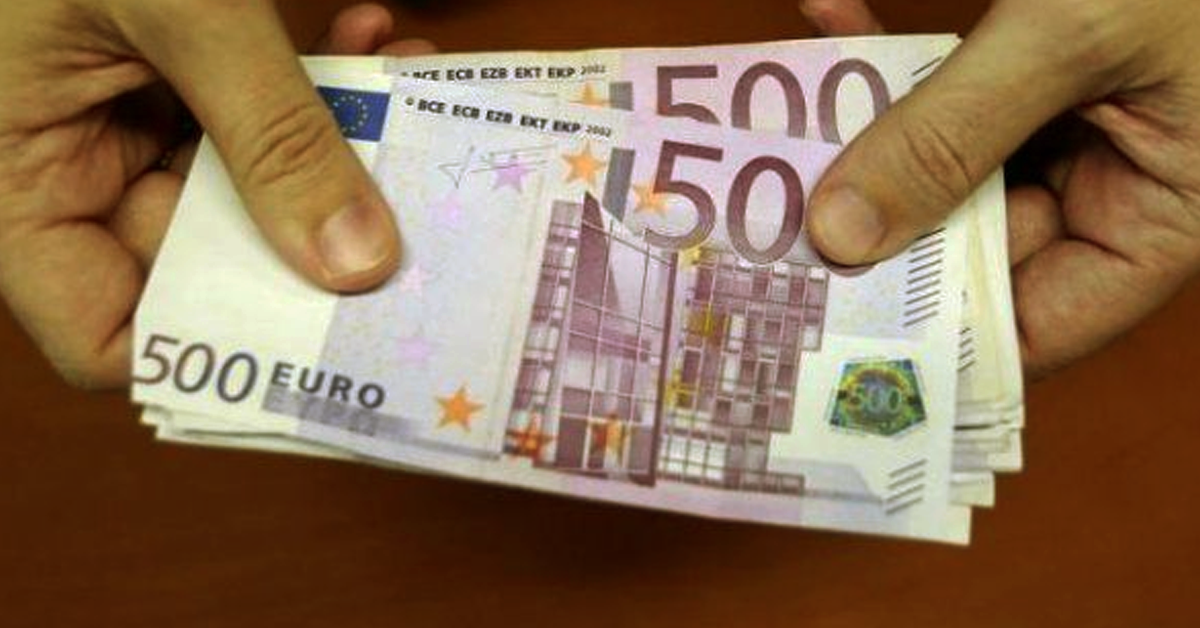EUR/USD Dips to Near 1.0750 Following Hawkish Fed Comments
The EUR/USD currency pair continued its downward trajectory for the second consecutive session, trading around 1.0750 during Wednesday’s Asian session. The decline is primarily driven by the strengthening U.S. Dollar, fueled by anticipations that the Federal Reserve (Fed) may sustain elevated interest rates for an extended period. Despite this, recent softer U.S. labor market data has reignited speculation about potential interest rate cuts by the Fed in 2024.
On Tuesday, the U.S. Dollar gained further support following hawkish remarks by Minneapolis Fed President Neel Kashkari. As reported by Reuters, Kashkari emphasized that the most likely scenario involves maintaining current interest rates for the foreseeable future. He noted, however, that rate cuts could be considered if there is a resurgence of disinflation or a significant weakening in the job market. Kashkari also didn’t completely dismiss the possibility of future rate hikes, adding an element of uncertainty to the market.
Earlier in the week, Richmond Fed President Thomas Barkin commented on the impact of raising interest rates, as noted in a Bloomberg report. Barkin highlighted that while higher rates might constrain U.S. economic growth, they would help temper inflationary pressures, aligning them more closely with the Fed’s 2% inflation target.
On the European front, recent economic indicators have shown positive signs. March’s Retail Sales in the Eurozone increased by 0.8%, rebounding from a revised 0.3% decrease in February and surpassing the anticipated 0.6% rise. This marked the most significant monthly increase in retail activity since September 2022, reflecting resilience in the European consumer sector. Year-over-year, Retail Sales also turned positive, registering a 0.7% increase following a revised 0.5% decrease in February. This shift marks the first year-over-year growth in retail activity since September 2022, indicating a revival in consumer spending trends.
Meanwhile, the European Central Bank (ECB) is poised to start easing borrowing costs as early as June. Chief Economist Philip Lane of the ECB commented to Business Standard that recent data have reinforced his confidence that inflation is gradually approaching the ECB’s 2% target. While a consensus among ECB officials seems to lean towards easing measures in the coming month, ECB President Christine Lagarde has yet to signal any imminent rate cuts, leaving the market in anticipation of the ECB’s next moves.

.webp)




